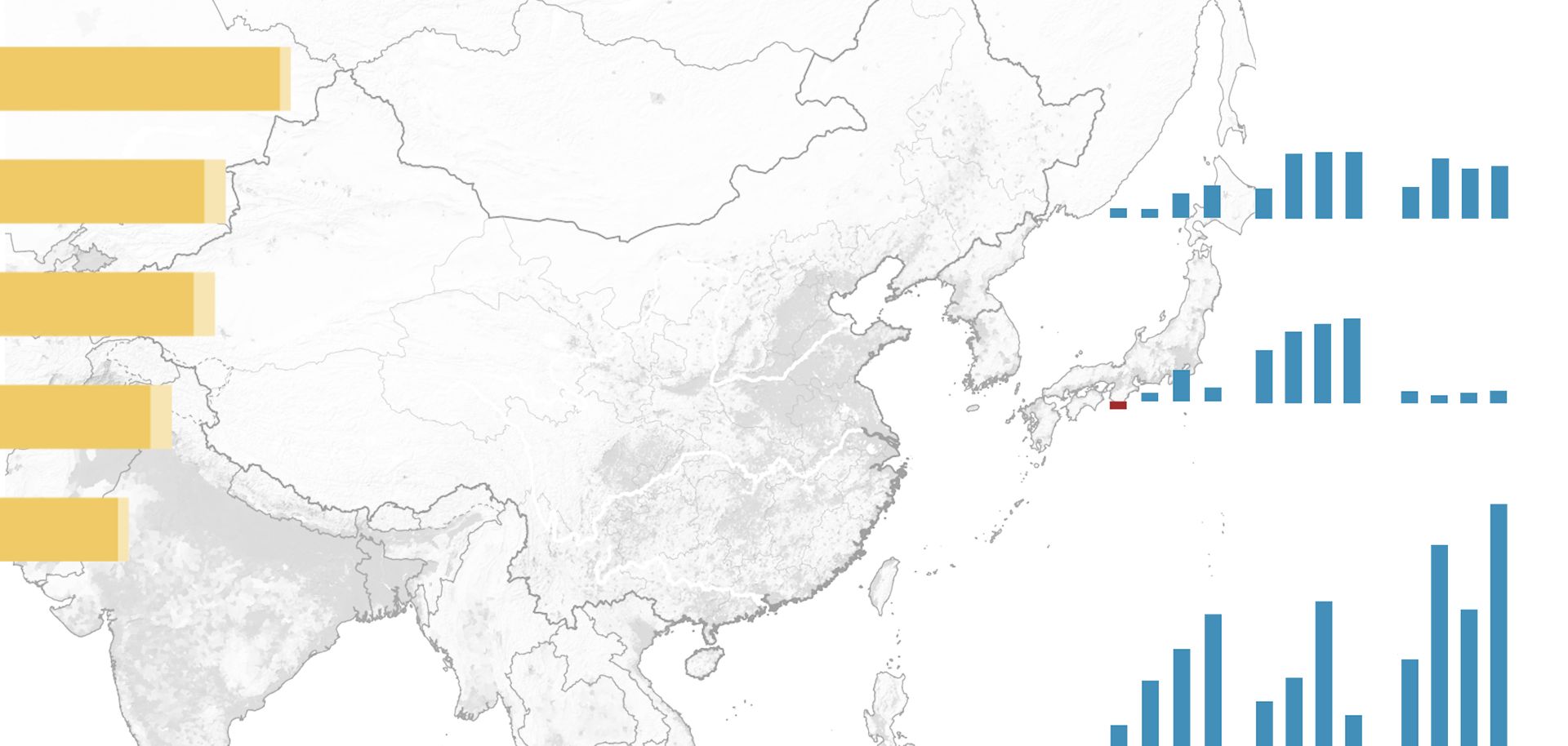
A Sept. 10 suicide vehicle-borne improvised explosive device (VBIED) attack on International Security Assistance Force (ISAF) Combat Outpost Sayed Abad in Wardak province, 60 kilometers south of Kabul, killed two people (both Afghan civilians) and injured 102, including 77 ISAF personnel. The incident began when the suicide attacker driving the VBIED attempted to drive into the NATO base. After failing to breach the base, the explosive device detonated, damaging the base’s perimeter wall, a maintenance facility and about 100 shops in the nearby Sayed Abad bazaar. The Taliban claimed responsibility for the incident, though the location of the attack near Kabul (and in the same district where an ISAF Chinook helicopter crashed Aug. 6) and the use of a large suicide VBIED indicate the likely involvement of the Haqqani network. The NATO base is a much harder target than the Taliban normally choose for attack, reflecting U.S. Ambassador Ryan Crocker’s statement about Afghan militants broadening the scope of their operations. However, the fact that the attack was unable to penetrate the base itself indicates that the increase in desire to attack such targets does not necessarily mean an increase in capability. The high number of injuries of ISAF personnel is notable in light of the fact that the attack did not reach the base. Though details are still murky, it is likely that these personnel were shopping in the nearby bazaar when the incident occurred.


